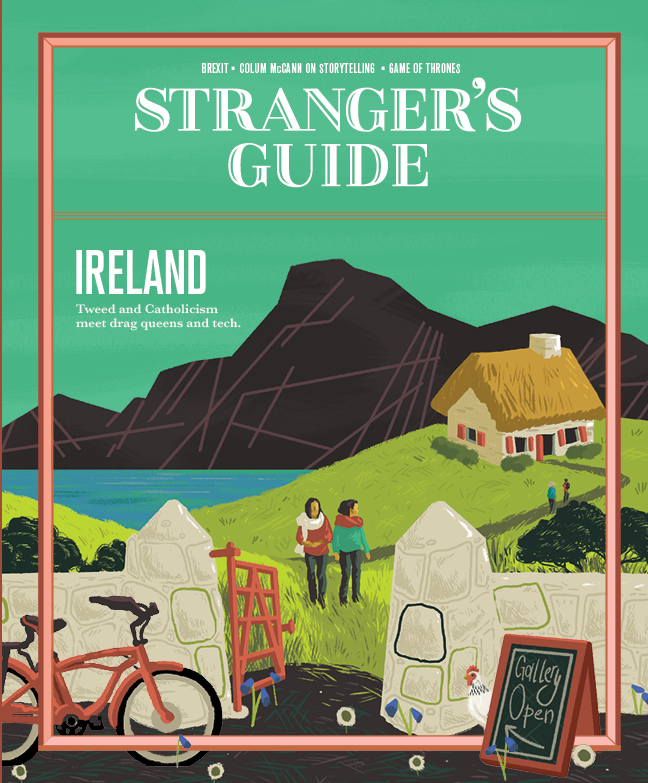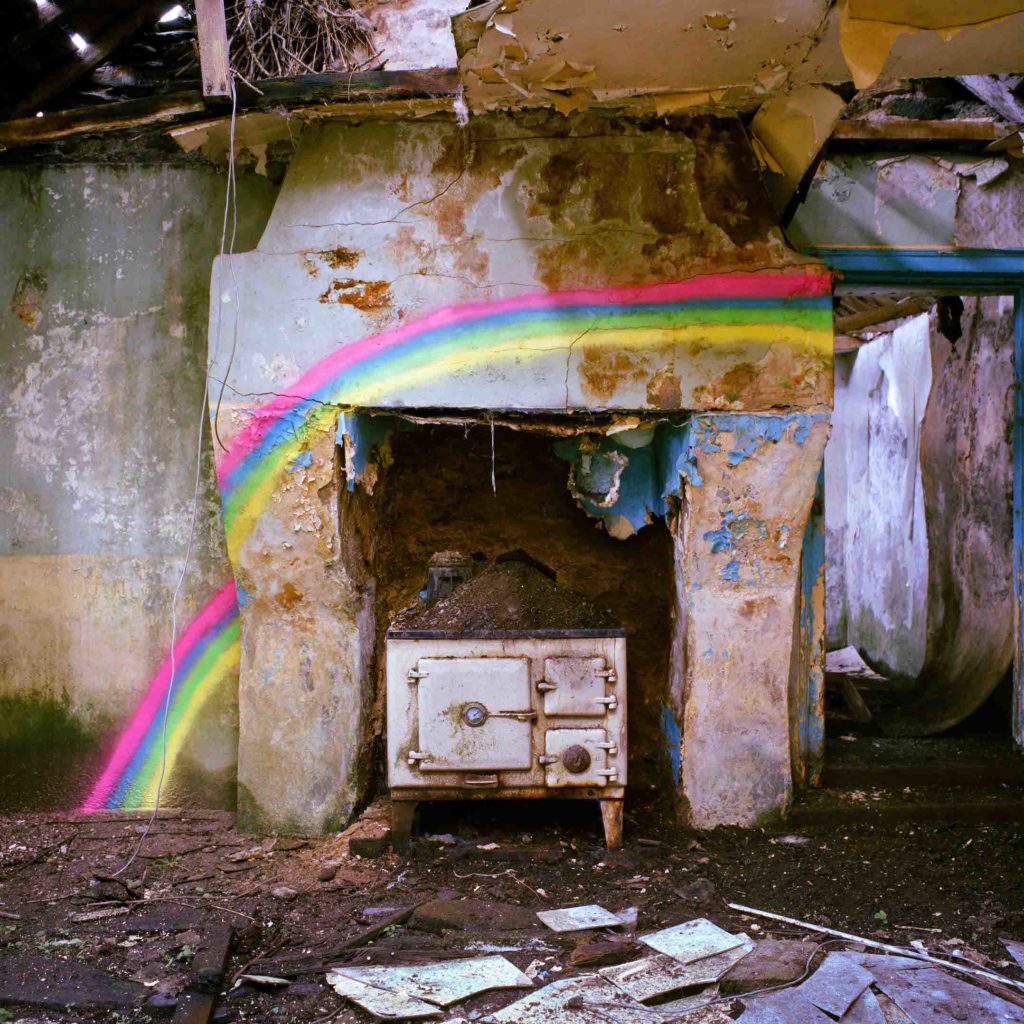
It was September 9, 1974. I was seven years old. I awoke in the middle of the night. All the doors and windows were open. There was a trail of blood from my mum’s bedroom to the bathroom. The door was locked and the water was running. I called out to my mother, but there was no answer. It was her second suicide attempt in as many days. Luckily, she survived.
It was established early on that my mother was incapable of looking after me. “So what was to become of the boy Niall?” a letter between my parents’ lawyers asked.
At that time in Ireland, fathers were seen as unsuitable guardians for young children. My father consulted a family friend, Father Desmond Williams, who worked at the bishops’ office and recommended that I be placed in the O’Brien Institute, an orphanage in Dublin.
The Church is finally losing its grip on Ireland, and for good reason.
“I shall ask the [Brother] Superior to give the application his immediate attention and I take that the decision can be obtained from the trustees for the beginning of the school year,” he wrote in a letter to my father.
Two weeks later, I was accepted. Happy days. Father Desmond became Bishop Desmond Williams, and in 1987, he failed to report priests accused of sexual abuse to the police. Corruption within the Church (and Irish state) was widespread and systematic, but I was one of the lucky ones.
In 2018, 152,000 people turned out to celebrate mass with Pope Francis in Dublin’s Phoenix Park. In 1979, in the same location, over one million people—roughly a third of the Irish population at the time—showed up for Pope John Paul II. The Church is losing on big political issues, too. In May of 2019, 82 percent of Irish voters elected to make divorce easier. Since 2017, 66 percent voted to repeal the Eighth Amendment making abortion legal, and 62 percent voted for same-sex marriage. The Church is finally losing its grip on Ireland, and for good reason.
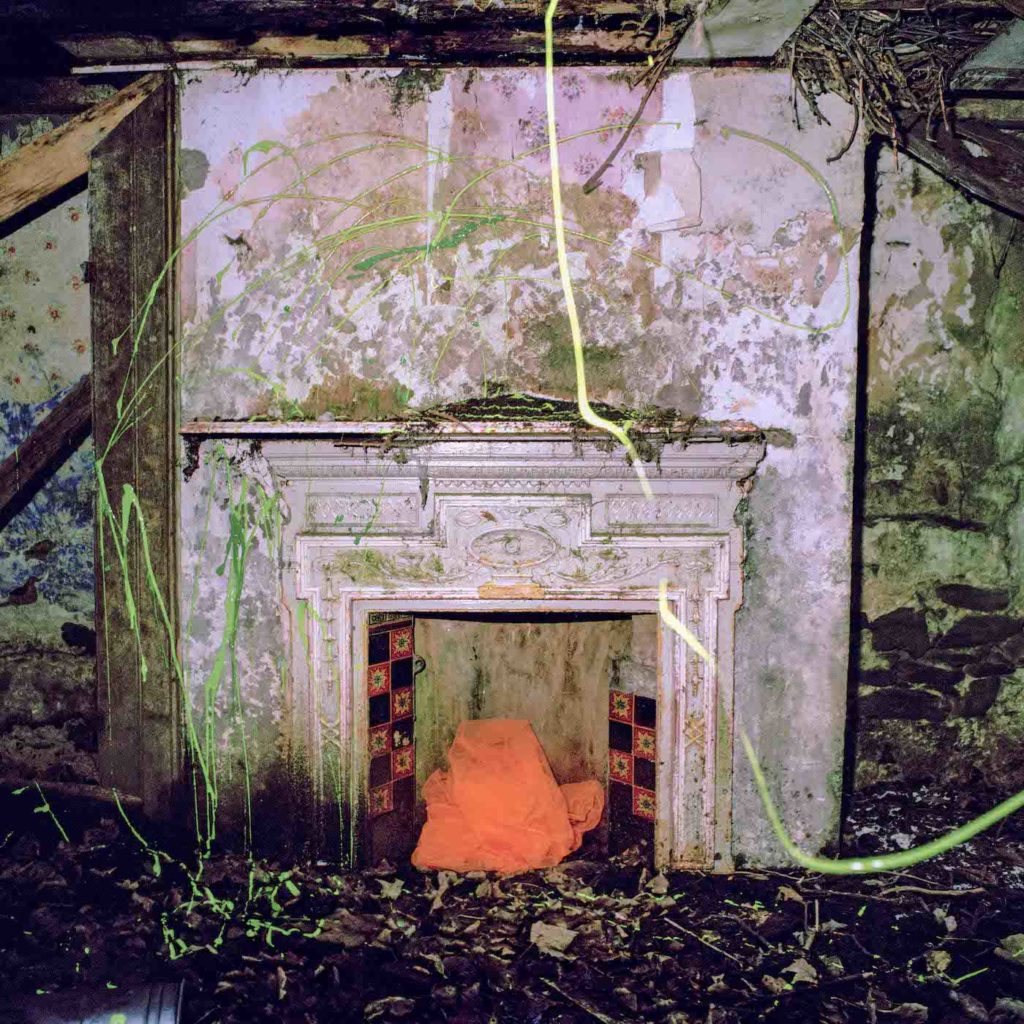
According to a series of damning Irish government reports, for over 70 years, the Catholic Church and its religious congregations, with the help of the Irish state, imprisoned women in a culture of cruelty in the Magdalene Laundries, illegally used children and babies in drug trials and used the corpses of babies as teaching aids in medical schools, and allowed some to die of malnutrition in the Mother and Baby Homes overseen by nuns. They buried the dead in unmarked graves, and in one case, in a disused septic tank. They used boys in the residential borstals (juvenile prisons) and orphanages as slave labor. And they covered up sexual abuse in residential homes and in parishes, sending hundreds into illegal adoptions, many to the United States, and then solicited money from parents. The list of horrors goes on and on.
The whole system was compromised. Until the 1990s, the Irish state, the judiciary, and the Garda (police) aided and abetted the Church. The abusers were protected by the Church, paid by the state and emboldened by a culture of silence. It was pervasive and more than the work of a “few bad apples”—a systemic cruelty and wanton disregard for the rule of law. Is this to be the Catholic Church’s legacy? The Church of abuse?
Exposed
In 1995, sex abuse in the Church in Ireland came to light when Andrew Madden, a former altar boy, went public about being raped at age 12 by Ivan Payne, a Catholic priest. The Church paid Madden €30,000 in compensation to keep him quiet. When Madden went public, Archbishop Desmond Connell lied and said that the money was a personal loan to Payne and not a settlement, and threatened to sue. When the archbishop was later caught in the lie, he said that he had practiced “mental reservation” (ridiculous nonsense that is the priestly version of crossing your fingers). The truth is that he was lying to protect a pedophile. “What I really wanted was accountability at the national level in terms of that this was not just about one priest and myself, this is about a system and a church, which thinks it can just receive these allegations, and then move priests around and have no regard for the consequences. And that’s not okay,” says Madden.
Payne was given treatment, got promoted, and moved to a new parish, where he abused more children, according to the Murphy Report.
Later that same year, Colm O’Gorman went to the police. At 14, he had been raped repeatedly by Father Sean Fortune over the course of two years. Fortune was charged but committed suicide before he could be convicted. Both Madden and O’Gorman showed exceptional bravery. At the time, there was still a culture of blaming victims.
“It’s 25 years since I first reported to the police here, and what is interesting is how difficult it is for people to wrap their heads around what is obvious proven fact: they (the Church) did not care,” says Colm O’Gorman, now executive director of Amnesty Ireland and founder of One in Four, an organization that supports victims of child abuse. “We’ve had numerous reports that have said that the Church, and the Church hierarchy at all levels, prioritized its power, its money and its clergy ahead of children. They did not care.”
Both Madden and O’Gorman began a process that prompted a government Commission of Investigation into the Catholic Archdioceses of Dublin and Ferns (known as the Murphy and Ferns Reports). It was to be the beginning of a series of damning reports about abuse by the Church.
The Church responded by closing ranks. The Congregation for the Doctrine of the Faith (CDF), formerly known as the Inquisition, which was founded in 1542 to protect the Church from heresy, was headed up by former pope Cardinal Joseph Ratzinger. In 2001, he issued a secret document directing all bishops to refer cases of sexual abuse to the CDF, but he did nothing to bring those priests to justice.
In 2005, the Murphy Commission wrote to the CDF, asking for information on reports of clerical child sexual abuse that had been conveyed to the Congregation by the Archdiocese of Dublin. The CDF did not reply and instead directed the Irish government to go through diplomatic channels. The Commission wrote to Pope Benedict, who was petulant and complained to the Irish government. It began a spat that ended with the closing of the Irish embassy in the Vatican (officially it was closed due to budgetary constraints); the embassy has since reopened.
Indeed, the CDF—the very organization within the Church tasked with investigating clerical abuse—was, in fact, directing the cover-up. And herein lies the contradiction of the Church.
“The approach was always to silence victims, to keep it all secret, to hush it up. Priests were being moved from place to place with no regard for the victims,” says O’Gorman. “I personally agree with a lot of things that Pope Francis has to say on social justice, but on this [sex abuse], he’s no better than the rest of them.”
30/10 007
30/10 007 How Did We Get Here?
Since Irish independence in 1922, religious orders have stepped forward to run the majority of government institutions, such as schools, hospitals, orphanages, care homes, and the Magdalene Laundries.
“Bad” children were sent to borstals, and “good” children were sent to orphanages—both were shockingly abusive, according to the Ryan Report. The elderly were sent to “county homes.” There are also rumors of terrible abuse there, but most of the victims are now dead. Pregnant, unmarried women were sent to Mother and Baby Homes run by nuns between 1922 and 1985. Nearly 89,000 babies were born in these homes. Following the delivery of their babies, mothers were required to work in the home for one to three years to pay off their debts to the nuns, but the nuns also received a per-head fee from the state for each resident.
“It even describes rodents gnawing on bones… it’s gruesome reading. It is true and it happened.”
Under law, if an unmarried mother got pregnant for a second time after serving her time at the Mother and Baby Home, she would be sent to the Magdalene Laundries. At least 10,000 so-called wayward women (historically prostitutes, hence the name Magdalene) were sent to the Magdalene Laundries, but in effect these were women’s prisons. Many were jailed for breaking moral codes as well as laws. The last one closed in Dublin in 1996.
Local Hero
In 2013, the abuse in the Mother and Baby Homes came to light when Catherine Corless, a local amateur historian, heard a rumor that some kids had stumbled upon the skeletons of babies while playing on the grounds of the old Mother and Baby Home in Tuam, County Galway. The police were called. They contacted the Bon Secours Sisters—the nursing order that ran the home from 1925 to 1961. Before 1925, the home was a workhouse, a place for the poor during the Famine. The nuns told police that the bones were famine victims.
A housing estate was built on the site, so Corless went to Galway County Council and looked at the building plans, she realized that the skeletons were in the same location as the workhouse septic tank. What’s more, the area was marked as a graveyard on the housing estate architectural plans.
“I knew that they would not put victims into a working septic tank at that time,” says Corless.
In a stunning piece of investigative journalism, Corless found that 796 death certificates had been issued for the home for the 36 years it was in operation. “And at that point there was no burial record for them. I checked in the local cemetery. I checked other cemeteries, and those names did not appear in any of the cemetery books,” says Corless.
So she contacted the nuns. They did not respond. Instead, the nuns hired a crisis management company in Dublin called the Communications Clinic. “We’re really good in a crisis. And we’ve dealt with a lot of them. Tourism disasters, oil spills, accidental poisonings, crashes, explosions and innumerable corporate embarrassments,” says its website.
When the story broke, media requests came in from around the globe. In a letter to a French journalist obtained by the Irish Daily Mail, the Communications Clinic wrote: “If you come here, you’ll find no mass grave, no evidence that children were ever so buried, and a local police force cast- ing their eyes to heaven and saying ‘Yeah, a few bones were found—but this was an area where Famine victims were buried. So?’”
The PR representative offered to put the journalist in touch with “reputable historians”—a dig at Corless.
A recent preliminary excavation by archaeologists for the Mother and Baby Home Commission found the skeletal remains of babies. “Where the little bones are buried, they are in situ since 1945 while the home was operational, so they were not famine victims,” says Corless. “It even describes rodents gnawing on bones… it’s gruesome reading. It is true and it happened.”
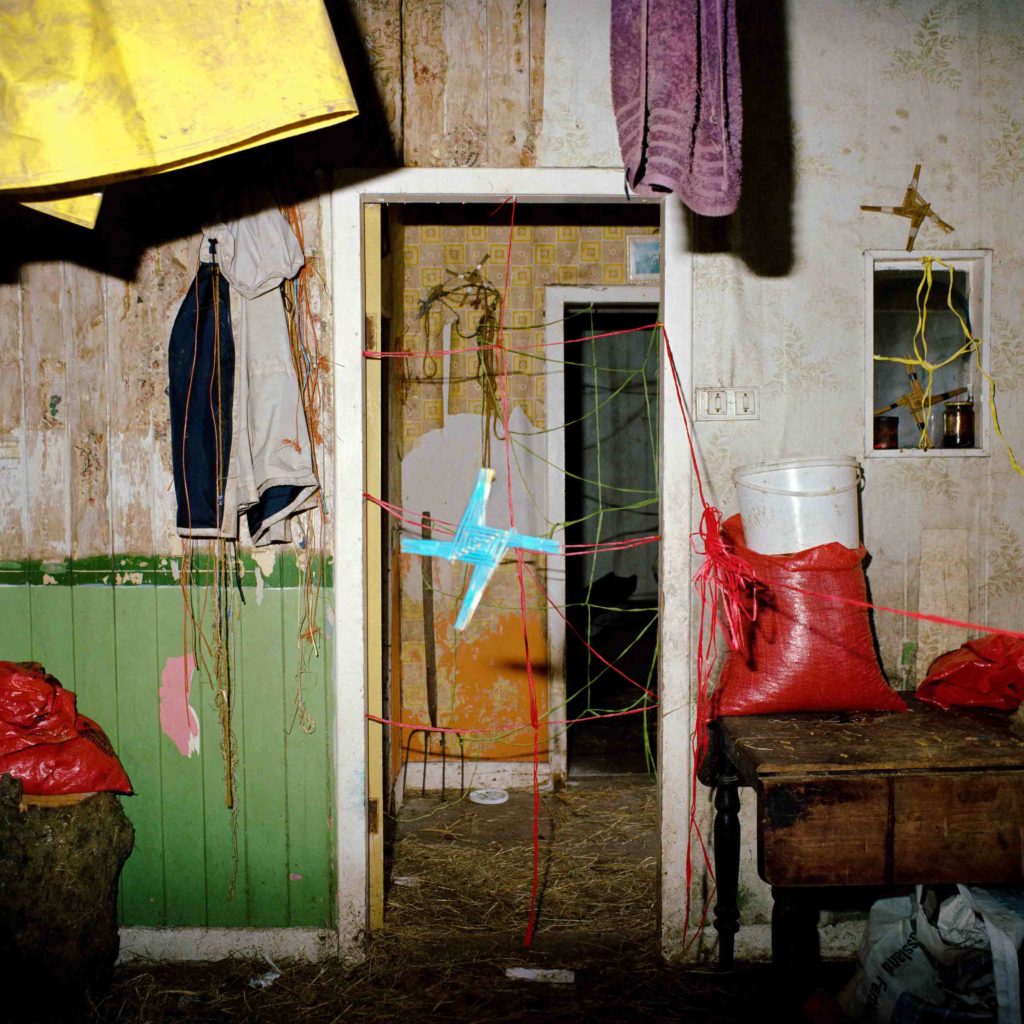
According to the report, there appears to have been a structure built inside the septic tank that was used to house the babies’ bodies. “What the nuns did was illegal,” says Corless. “Every child is entitled to a Christian burial, especially when they were baptized. It was wrong, it was not dignified, and it needed to be rectified.”
Furthermore, the infant mortality rate for the Mother and Baby Homes was staggeringly high, between 25 percent and 30 percent.
In Tuam, official figures say that 24 percent died in debility from birth, 15 percent from respiratory illness, and up to one percent from malnutrition or starvation. In Bessborough, a Home in County Cork, the annual inspector’s reported that in 1939, the infant death rate was 47 percent, compared to just 6.2 percent in the regular population.
“Nurses [from Temple Hill] told me that they were under very strict instructions not to cuddle babies, not to take them out of their cots if they cried, not to bond with them in any way or show them affection,” says Mike Milotte, author of Banished Babies.
I spoke to a former social worker in Dublin, who confirmed that babies were left alone swaddled in their cots. It was a policy not to pick them up and hold them, lest they start to cry.
However, Milotte says that the high mortality was much more sinister: “I heard that sickly babies were left under open windows. They were encouraged on their way. And I suspect that was quite a widespread practice.”
The Catholic Church and the Irish state have claimed that the religious orders ran the institutions, and that they had no knowledge of or jurisdiction over them. However, the Irish state and local county council paid a fee for each occupant and conducted annual audits of the Homes. The Tuam Home was owned by Galway County Council, and the nuns were paid to run it.
“They (the archbishop’s office) were saying that they had nothing to do with the [Mother and Baby] Home at all,” says Corless, “that it wasn’t under the archbishop’s remit, and that was a complete false statement, because the priest said Mass every day for the women in the home. He heard confessions. He did novenas, and he baptized all the babies in the home.”
Tuam is just one of 14 homes that are being investigated by the Commission of Investigation into Mother and Baby Homes. It seems that Tuam is not unique. “More than 900 children died in Bessborough (open from 1922 to 1998). De- spite extensive inquiries and searches, the Commission has been able to establish the burial place of only 64 children.”
“We find it very hard to believe that the Congregation of the Sacred Hearts of Jesus and Mary, who owned and ran Bessborough, do not know where the other children are buried,” said the Commission.
Of the babies who did survive, the concern is that many were illegally adopted from the institutions. Since the 1952 (Irish) Adoption Act came into being, there have been 40,000 legal adoptions, and 1,911 Irish passports were issued to children to travel to the United States, according to the report. However, the picture is much more complicated.
“Clear and robust evidence existed of 126 cases of illegal registration of births. Illegal registration occurs when a child is placed with a couple or individual who was not the parent, but the birth is then registered as if the child had been born to that couple or individual,” said Katerine Zappone, Ireland’s Minister for Children and Youth Affairs, in a recent article in Boston College Magazine.
And herein lies the great tragedy of the Catholic Church in Ireland.
Milotte believes that figure is much higher. “Many of the adoptions, I think, would be considered forced adoptions today.” Furthermore, both the religious orders and the Irish state have made it very difficult for the children to trace their mothers. Some years ago, while researching a documentary on this topic, I interviewed a number of the Irish adoptees who had been sent to America. Many felt that they were not only unwanted by their mothers, which of course turns out not to be true, but that they had been unwanted by their country. And when they returned to Ireland to try to trace their parents, their fears were confirmed.
Gerard Carney was born in Castlepollard in 1960 and sent to the United States in 1963. “I only found out that I was adopted by the canceled checks [made out to the nuns] when my father died,” says Carney, who grew up on Long Island. “The nuns made it very difficult for us to trace our moms.” The Adoption Act of 2001 restricts access to the records held without prior written consent. Adopted children still do not have a legal right to trace their parents.
“Ireland has come a long way in its willingness to examine its dark past, but it still has a long way to go,” says Maeve O’Rourke, a lawyer for the Irish Center for Human Rights at National University of Ireland Galway and co-director of the Clann Project. The Clann Project examined 182 institutions, agencies, and individuals that were involved in the forced separation of unmarried mothers and their children.
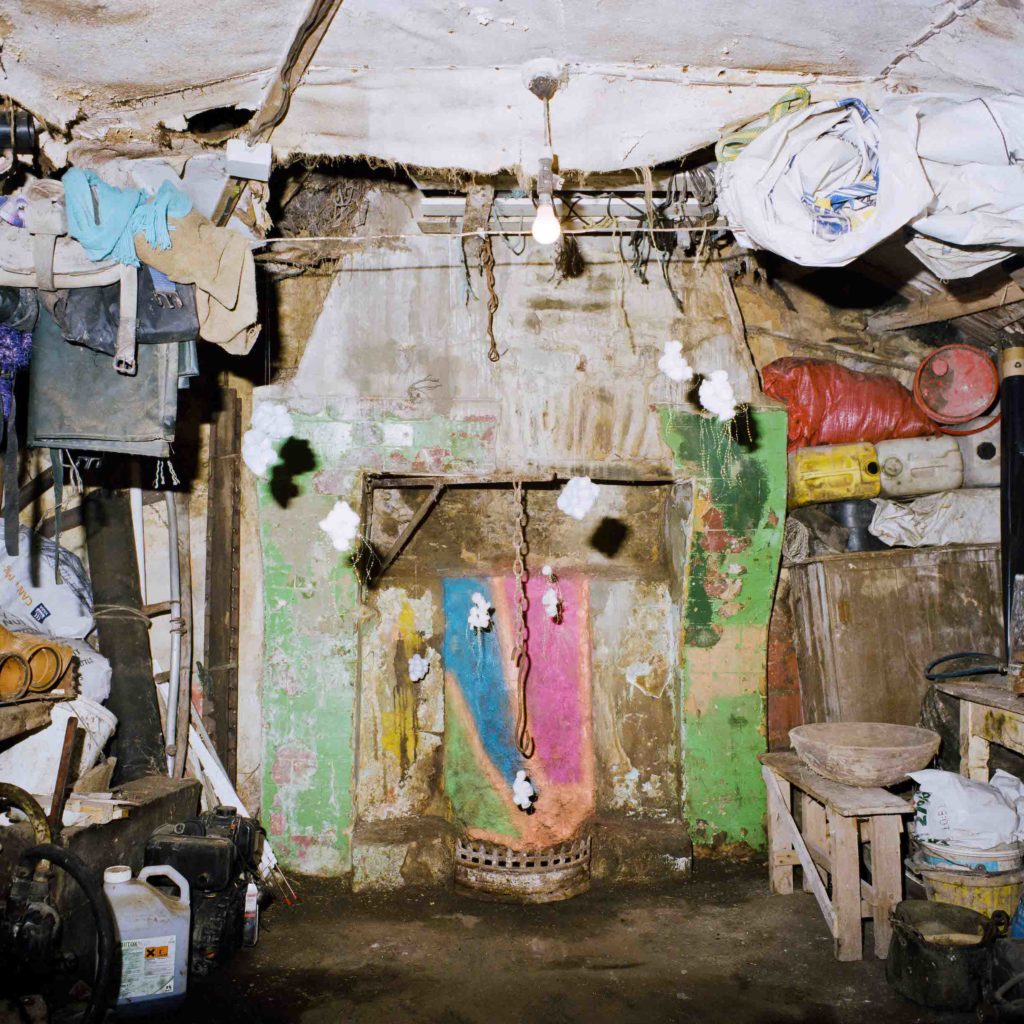
O’Rourke says that the country needs to change its legal system and update the laws governing burials so that all state-funded social services providers are required to hand over their records to the National Archives.
What has changed is mandatory reporting: professionals, therapists, social workers and public servants are now required by law to report incidents to the authorities if they suspect a child is in danger.
O’Rourke argues that the Irish government has been deliberately making it difficult for victims to access information and seek redress.
“The government has used these investigations and redress schemes to keep people out of the ordinary justice systems,” she says. “When they give money (compensation), you have to sign away all your rights so you can never actually change anything.”
For example, with the Ryan Commission (investigating abuse in the state-financed organizations and religious orders that run residential care facilities), the government is to seal the archive for 70 years to—they say—protect the victims. It is important to note that the Irish government worked hand in glove with the religious institutions to keep these dark secrets.
Government officials have not voluntarily taken on any of these issues. The Ryan Commission was established following a broadcast of States of Fear, a documentary by Mary Raftery, on RTÉ, the national television station. The investigations into the diocese were prompted by the Andrew Madden and Colm O’Gorman suits on sex abuse, and the Mother and Baby Home Commission was prompted by the work of Catherine Corless.
Follow the Money
To understand the deep ties between the Church and the Irish state, one need only look at the actions of Michael Woods, the minister for education, in 2002. In the last days of his tenure in office, he cut a secret deal with 18 religious institutions accused of abuse, capping their financial liability at €128 million. So far, the cost of the various commissions and the restitution to victims has been €1.5 billion, and it continues to climb. For the 136,000 children who went through the residential home systems, about 1,000 reported abuse and 800 abusers were identified to the Ryan Commission. But there were only eight prosecutions.
Saved by the Nuns
Which takes me back to my mother. I was to start the school year at the O’Brien Institute. And as sick as my mother was (there were references in the lawyers’ letters to my mother’s alcoholism, affairs, and depression), she did realize that I would be destroyed in an orphanage. So, on September 21, 1974, my mother’s lawyer wrote to my father’s lawyer:
“My Client understands that arrangements are being made without consultation to have the youngest child placed in a school known as the O’Brien Institute, Malahide,” the letter reads. “This, we understand, is run by the Christian Brothers, and is in the nature of an orphanage, and seems an entirely unsuitable place for this boy to go.”
The Irish have always been proud of being Irish, but now—for the first time that I can remember—they are proud of Ireland.
And right they were. There were 30 proven allegations of sex abuse recorded by the Christian Brothers in the residential homes that included the O’Brien Institute. It was closed in 1977. Instead, late one night, I was taken by my uncle and aunt and my mother to Killashee, a boarding school for boys run by the Our Lady’s Bower nuns. I can’t say that my time spent there from ages seven to thirteen were “happy days.” I was illiterate and innumerate, and I later found that I was dyslexic, which made my choice of career as a writer unlikely. Sister Joseph Patricia would come to school every day and read Enid Blyton books with me and teach me how to read.
They provided me with a foundation and stability that has helped me through life ever since. Institutions often leave a lot to be desired, but there were many individuals at my school who were good.
And herein lies the great tragedy of the Catholic Church in Ireland. There are many who are dedicated, spiritual, and altruistic people in the Church, but the hierarchy in general— and the Vatican in particular—have let them down.
Church corruption must be investigated. The Church needs to open up its archives, its catalogs of abuse, and make amends to those it has harmed. It needs to clean house. If it’s just a few so-called bad apples, then what do they have to worry about?
“There was always something warped about sexuality and the Catholic Church, certainly since the time of St. Augustine,” says Tony Flannery, a Redemptorists priest and writer. “Don’t call me father—that [title] should have been phased out a long time ago.”
Flannery fell victim to the Congregation for the Doctrine of the Faith. In 2012, he was removed from his priestly duties because he believes women should have a role in the Church and that compulsory celibacy is not a good thing. So the CDF—the same organization that was not able to help the Irish authorities with their inquiries—was able to punish a priest for daring to suggest that women should become priests.
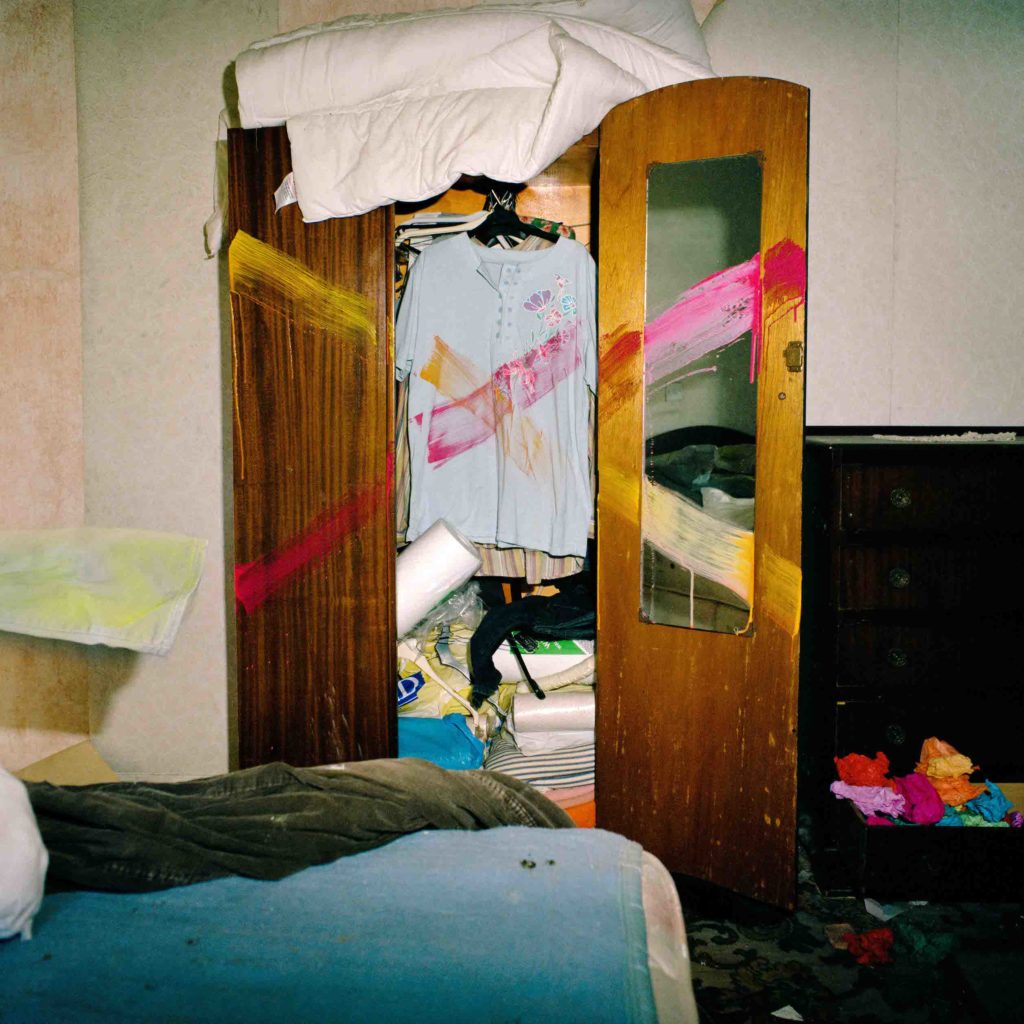
“One thing that we’ve come to know is that wherever sexuality is warped and repressed, it comes out in abusive or very weird ways,” says Flannery.
Flannery has a point. Sexual repression has not worked well, either for Ireland or for the Church. But the new culture of openness has transformed the country. It is not ashamed of sex anymore. It is moving to redress centuries of misogynistic behavior, with varying degrees of success. There’s hope and optimism among the younger generation, and it’s reflected in a new positive attitude in the country. The Irish have always been proud of being Irish, but now—for the first time that I can remember—they are proud of Ireland.
Contributor
Niall McKay is a writer and Emmy award winning filmmaker. His new film, The Ferry, is a story about adoption set against the backdrop of Irish Mother and Baby homes. His work has appeared in the New York Times, Wired, The Economist and the Irish Times.
Jill Quigley is from County Donegal, Ireland. She has participated in group exhibitions in the UK, Ireland, Portugal and the USA. She has held solo exhibitions at Belfast Exposed and at Seen Fifteen in London.



